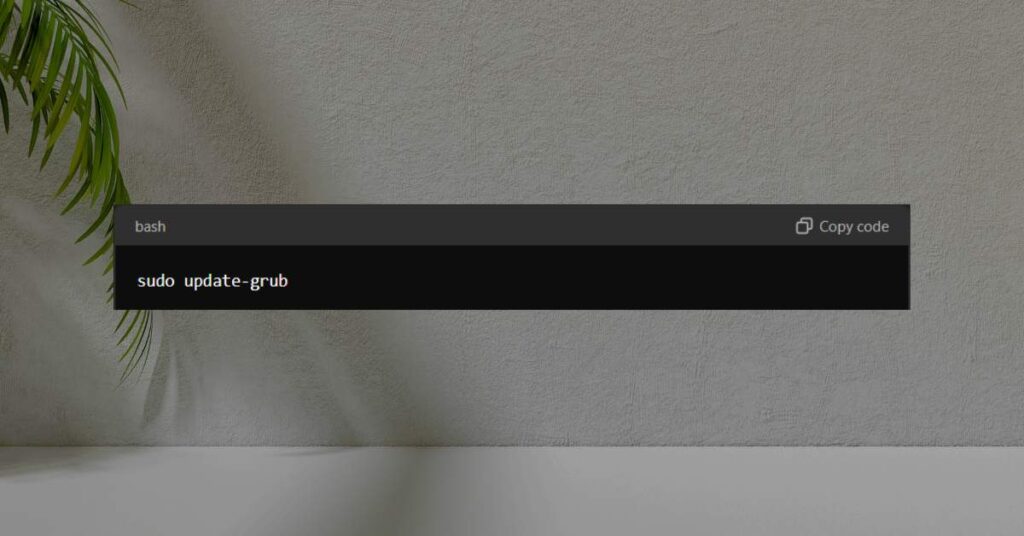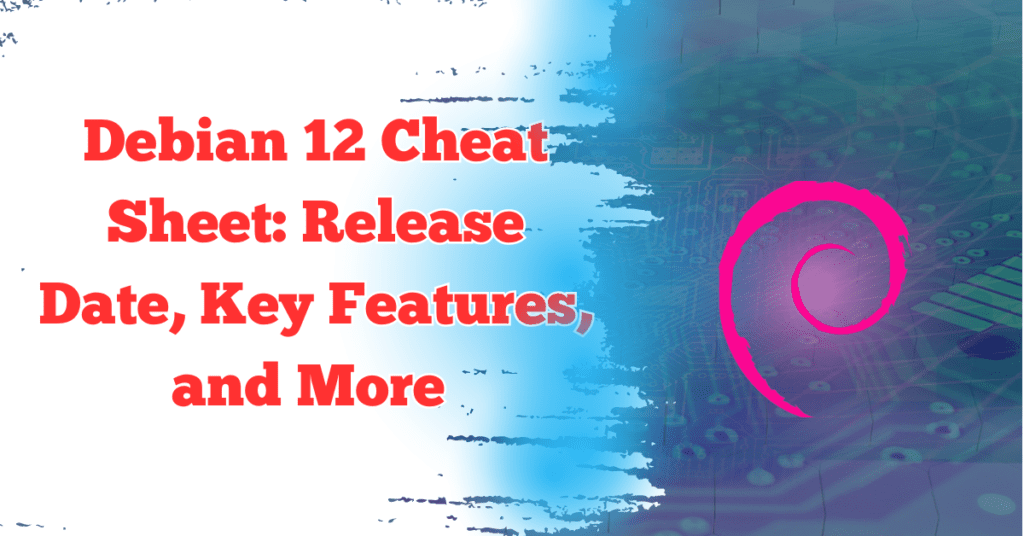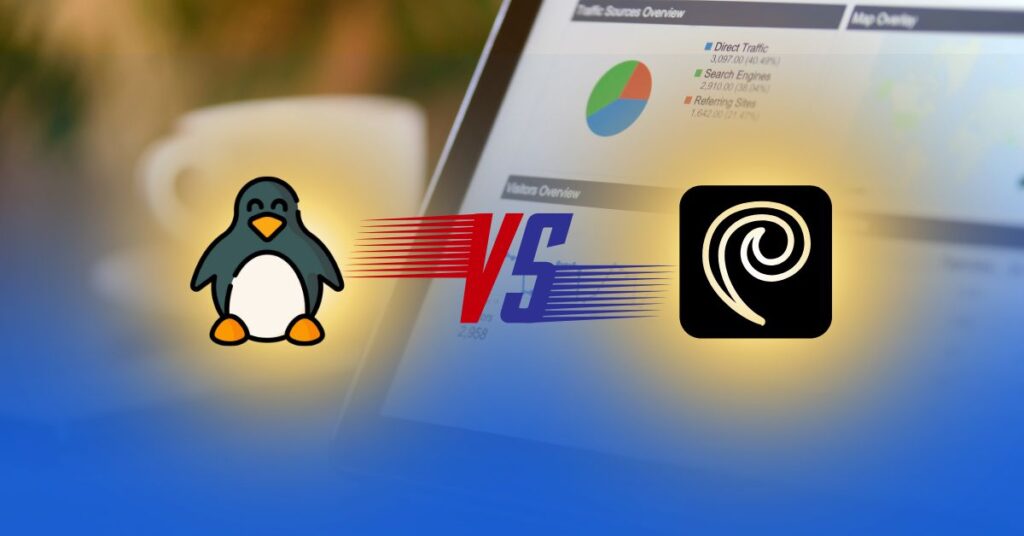Introduction
Dual booting lets you run Linux and Windows on one computer. This gives you the best of both worlds. This guide will show you how to dual boot Debian 12 and Windows step by step. We’ll cover everything from getting your system ready to fixing common problems.
Table of Contents
Why Dual Boot?
Dual booting has several benefits:
- Software Compatibility: Windows has a wide range of apps for games and work software. Linux stands out for its strength, safety, and ability to customize.
- Development and Testing: Coders often need to check their programs in different setups. Dual booting gives them an easy way to switch between systems to test.
- Learning and Trying Out: If you’re just starting with Linux dual booting lets you explore and get to know Linux while keeping Windows for your everyday tasks.
What You Need
Before you start, make sure you have these things:
- Enough Disk Space: Make sure your hard drive has room for both operating systems. Set aside space for each OS and to store data.
- Back Up Your Files: Save all important files to prevent losing data during setup.
- Setup Tools: You need tools to install both Windows and Debian 12. These could be USB sticks or DVDs.
- Basic Knowledge: Get to know computer parts, BIOS/UEFI options, and how to split up disks.
Step-by-Step Guide to Dual Booting Linux and Windows in Debian 12
1. Prepare Your System
a. Backup Your Data
Before making any changes to your system, it is crucial to back up all important files. Use an external hard drive, cloud storage, or any reliable backup method to ensure that your data is safe in case of any issues during the installation process.
b. Create a Live USB for Debian 12
- Download Debian 12 ISO:
- Visit the Debian website and download the ISO file for Debian 12. Choose the appropriate version (e.g., Stable) and architecture (e.g., 64-bit).
- Prepare the USB Drive:
- Insert a USB drive (at least 4GB in size) into your computer.
- Create Bootable USB:
- Use a tool like Rufus (for Windows) or Etcher (for Linux and macOS) to create a bootable USB drive.
- Open the tool, select the Debian 12 ISO file, choose the USB drive, and start the process.
2. Install Windows First
a. Install Windows
- Insert Windows Installation Media:
- Insert the Windows installation DVD or USB drive into your computer.
- Boot from Installation Media:
- Reboot your computer and access BIOS/UEFI settings (usually by pressing F2, F12, DEL, or ESC during startup).
- Set the installation media as the first boot device.
- Start Windows Installation:
- Follow the on-screen instructions to install Windows.
- When prompted to choose a partition, select the primary partition or an existing partition for Windows, but leave some unallocated space for Debian.
- Complete Installation:
- Finish the Windows installation and allow the system to restart. Ensure that Windows is installed and running properly before proceeding.
b. Allocate Space for Debian
- Access Disk Management:
- After Windows is installed, go to Disk Management by right-clicking on the Start menu and selecting “Disk Management.”
- Shrink Windows Partition:
- Right-click on the Windows partition (usually C:) and select “Shrink Volume.”
- Specify the amount of space to shrink to create unallocated space for Debian. This space will be used for Debian’s installation.
3. Install Debian 12
a. Boot from Debian USB
- Insert Debian USB:
- Insert the bootable Debian USB drive into your computer.
- Access Boot Menu:
- Restart your computer and access BIOS/UEFI settings. Set the USB drive as the primary boot device or use the boot menu key (often F12) to select the USB drive.
b. Begin Debian Installation
- Start Debian Installer:
- Choose “Graphical Install” from the Debian boot menu to start the installation process.
- Select Language and Location:
- Follow the prompts to select your preferred language, location, and keyboard layout.
- Configure Network:
- Connect to your network (wired or wireless) to ensure you have internet access during the installation.
c. Partition Your Disk
- Choose Manual Partitioning:
- When prompted for partitioning, select “Manual” to create partitions in the unallocated space.
- Create Partitions:
- Root Partition (
/):- Select the unallocated space and create a partition with at least 20GB, formatted as ext4. Mount this partition as
/.
- Select the unallocated space and create a partition with at least 20GB, formatted as ext4. Mount this partition as
- Swap Partition:
- Create a swap partition equal to your RAM size. This partition helps with system performance.
- Home Partition (
/home): (Optional)- If you want to separate user data, create a
/homepartition with the remaining space. This is helpful for easier backups and upgrades.
- If you want to separate user data, create a
- Root Partition (
- Review Partitions:
- Double-check the partitions and their sizes to ensure they are correctly set up. Proceed to format the partitions.
d. Install GRUB Bootloader
- Choose GRUB Installation:
- When prompted to install the GRUB bootloader, select the option to install it to the Master Boot Record (MBR) of your hard drive. This will manage the boot process for both Debian and Windows.
- Finish Installation:
- Continue with the installation, follow the remaining prompts, and complete the Debian setup.
4. Finalizing Installation
a. Complete Debian Setup
- Reboot System:
- Once Debian is installed, reboot your computer. Remove the Debian USB drive to boot from the hard drive.
- Check GRUB Menu:
- You should see the GRUB menu on startup, allowing you to choose between Debian and Windows.
b. Configure GRUB
Update GRUB:
- If Windows does not appear in the GRUB menu, boot into Debian and open a terminal.
- Run the following command to update GRUB and detect Windows:

Reboot and Test:
Reboot your computer to verify that the GRUB menu now lists both Debian and Windows. Select each operating system to ensure they boot correctly.
Conclusion


Setting up a dual boot system with Debian 12 and Windows can enhance your computing experience by providing the best of both worlds. By following this guide, you can successfully configure your computer to run both operating systems and switch between them as needed.
FAQs
Q1: Can I dual boot Linux and Windows on the same hard drive?
Yes, dual booting on the same hard drive is common and involves partitioning the drive to allocate space for both operating systems.
Q2: What should I do if I encounter boot issues after installing Debian?
Repair or reinstall the GRUB bootloader. Ensure GRUB is correctly configured to recognize both operating systems.
Q3: How can I change the default boot OS in GRUB?
Edit the ‘/etc/default/grub' file and set the default OS. Update GRUB with sudo update-grub to apply the changes.


